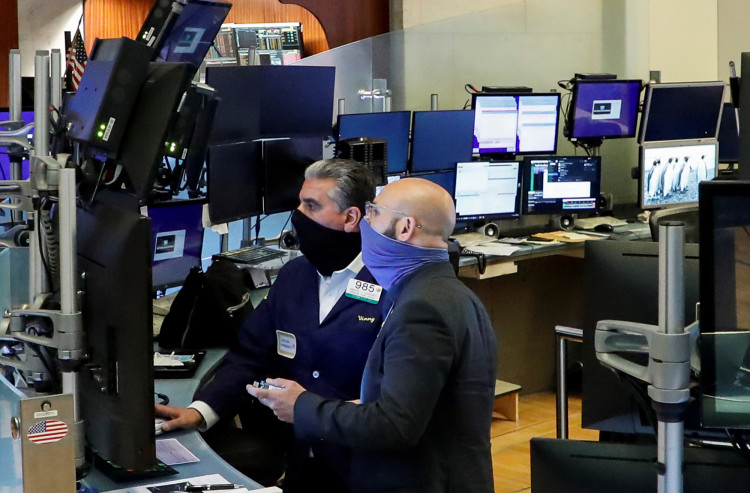Despite the hawkish stance of the Federal Reserve, the surge in AI technology continues to propel U.S. stocks higher.
On Wednesday Eastern Time, as expected, the Federal Reserve paused interest rate hikes but maintained a hawkish stance, implying that it may raise rates twice more. However, due to a surge in AI-related tech stocks, both the S&P 500 and the NASDAQ 100 indices continued to rise for the fifth consecutive trading day, the longest streak since November 2021.
In its quarterly forecast, the Fed revised the year-end target federal funds rate to 5.6% from its previous estimate of 5.1%. Although U.S. stocks began to fall after this announcement, they soon rebounded. A bounce-back in chip giants NVIDIA, AMD, and Broadcom pushed the NASDAQ up, closing with a 0.7% increase.
This year, the index has seen a cumulative rise of 31%. If it maintains this momentum till the end of the year, it will exceed any annual gain since 2009.
While the S&P 500 also saw a minor decline, it quickly rebounded and closed higher. Data compiled by Bespoke Investment Group revealed that for the six trading days before the Fed meeting, the S&P 500 index averaged a 1% drop in the final hour of trading. This time, however, it surprisingly rose by 0.8%.
Despite numerous warnings from analysts that the surge in tech stocks was merely a bubble, they are now evidently playing the role of a safe haven. The market's enthusiasm for AI has strategists predicting that AI will significantly boost U.S. stocks. Goldman Sachs' David Kostin recently wrote in a report that the potential profit growth from AI has expanded the upward space for U.S. stocks.
According to Bloomberg, Zhiwei Ren, portfolio manager at Penn Mutual Asset Management, suggested that macro events seem to matter less now because AI is seen as a game-changer. Considering the hawkish dot plot, he expected a slight decline in the NASDAQ 100 index but predicted that some large tech stocks in the AI sector could support the index.
Victor Cossel, macro strategist at Seaport Research Partners, also told Bloomberg that NASDAQ had hit a new high for the year, and despite a slow rise in 10-year Treasury yields in recent weeks, they were still far below last October's peak, creating a "favorable tailwind" for tech stocks.
Other reasons for the rebound in U.S. stocks were noted by some market observers, including Fed Chair Jerome Powell's refusal to commit to a rate hike in July and the Fed's upward revision of economic expectations. Additionally, investors have found that tech companies have healthy balance sheets and abundant cash reserves, which can serve as a "comfort pill" during economic downturns.






